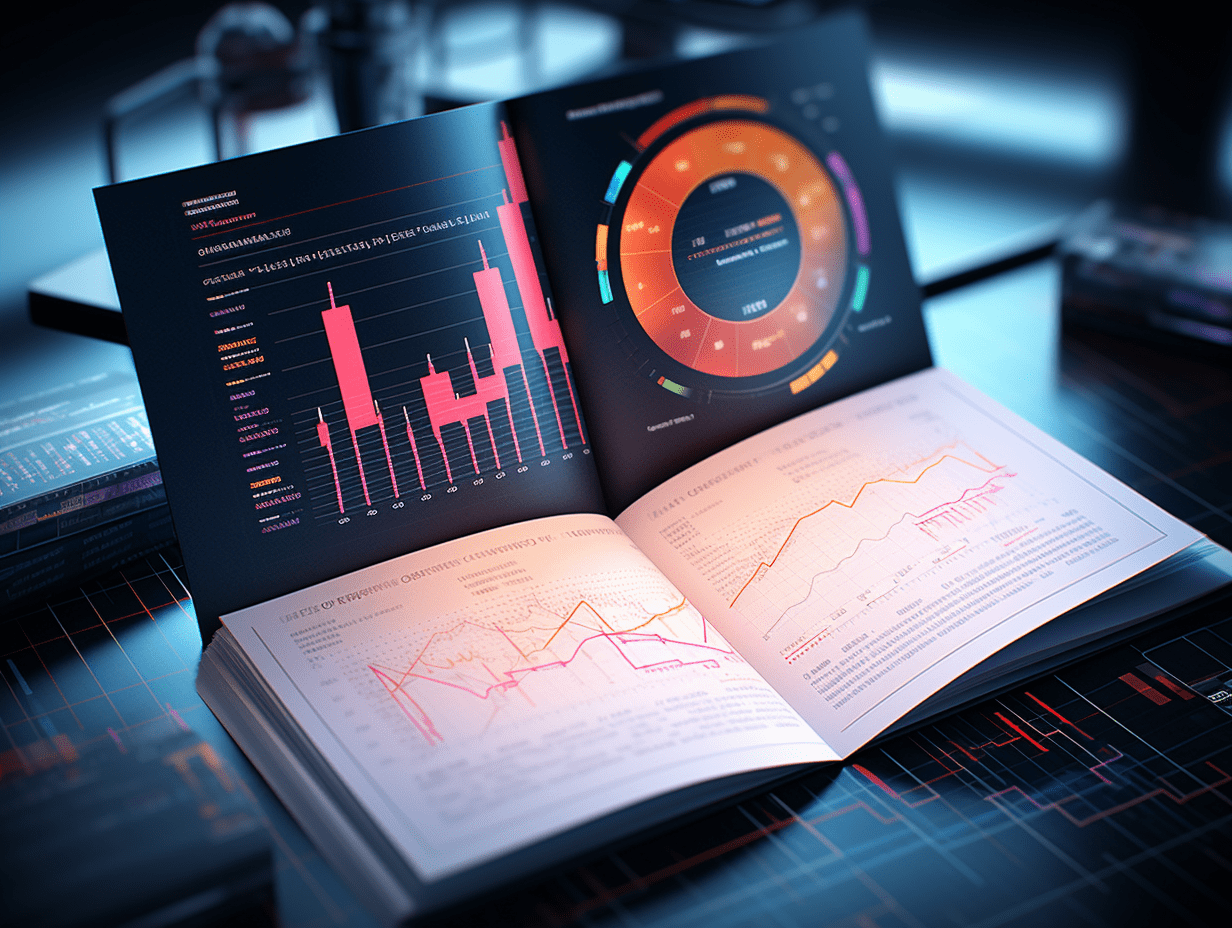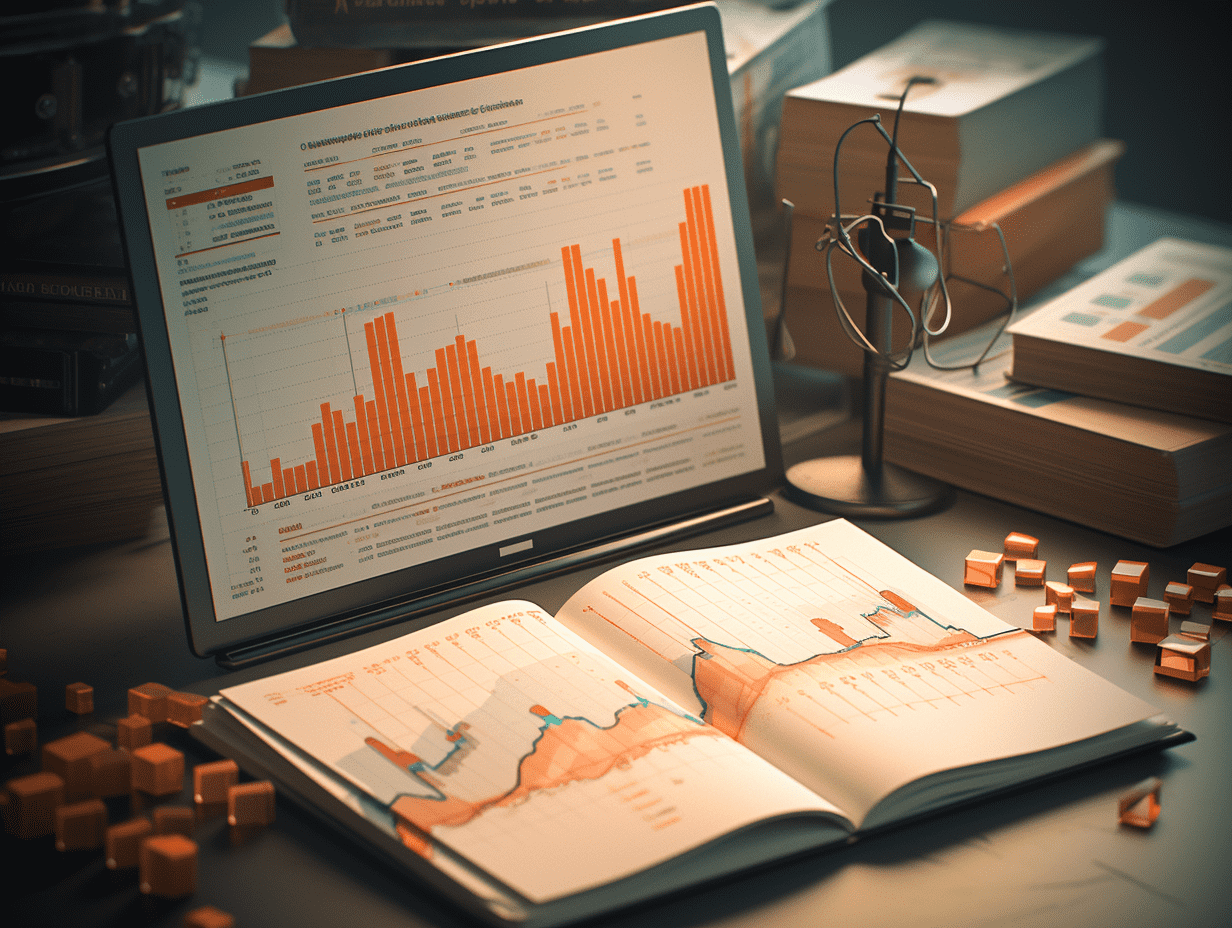Beauty's "double reverse" final ruling on ASEAN photovoltaic products, how will it affect Chinese companies like Longi (601012.SH)?
Goldman Sachs released a research report stating that the recent announcement by the United States to impose affirmative final rulings on anti-dumping and countervailing duties on solar cells and components from Malaysia, Thailand, Cambodia, and Vietnam, four ASEAN countries, may have a significant impact on the market strategy of Chinese companies in the United States. However, Chinese companies with production capacity in Malaysia have a relatively bigger advantage in this tariff adjustment.
Goldman Sachs released a research report stating that the United States recently announced affirmative final rulings on anti-dumping and anti-subsidy for CECEP Solar Energy batteries and components from Malaysia, Thailand, Cambodia, and Vietnam, with significantly increased tariffs, some rates even up to 41% to 660%, which could have a significant impact on Chinese companies' market strategies in the United States.
Goldman Sachs pointed out that the U.S. Department of Commerce announced the final ruling on April 21, with new tariff rates increasing by 11 to 526 percentage points compared to the preliminary proposal. The bank noted that under the model of "batteries imported from ASEAN + components assembled in the United States," Chinese companies face an estimated average increase in production costs of 50% compared to the preliminary tariff scenario. Assuming that 50% of the tariff is passed on to consumers, the prices in the U.S. market could face a 15% increase. As a result, average unit profits for companies are expected to decrease by 40%, with a decrease in gross profit margin by 17 percentage points to 22%.
Analyst Brian Lee added that due to poor economic benefits and general tariff uncertainty, the development progress of CECEP Solar Energy projects in the utility scale market in the United States may be disrupted.
However, Goldman Sachs pointed out that Chinese companies with production capacity in Malaysia, such as LONGi Green Energy Technology (601012.SH), are relatively advantageous in this tariff adjustment. LONGi has completed 3GW of battery and component production capacity in Malaysia, and the tariff for Malaysia has only been increased by 11 percentage points to 41%, with limited impact. In contrast, the production capacity in Cambodia and Thailand will be more severely affected, with unit profits decreasing to 0.02 cents/W and 0.07 cents/W respectively.
According to Goldman Sachs' channel research on three Chinese companies in Malaysia, one company suspended Malaysian production capacity from the end of 2024 due to outdated product types, while the other two companies stated that, given their leading production costs and the potential tariff pass-on space due to a shortage of CECEP Solar Energy batteries in the United States, they are still expected to be profitable under the final tariff ruling and will continue to operate Malaysian production capacity to supply the U.S. market. Goldman Sachs expects that LONGi's 3GW battery production capacity in Malaysia will support its shipment forecast of 1.8-2.1GW in the United States from 2025 to 2030.
Overall, despite the challenges facing the industry, Goldman Sachs maintains a "buy" rating on LONGi Green Energy Technology with a target price of 19.8 RMB. The bank believes that the market underestimates LONGi's potential in upstream price declines and technological innovations (such as BC technology for back contact cells), and expects its EBITDA to reach a turning point in the second half of 2025, with a mid-term net return on assets (ROE) exceeding peers.
Related Articles

United States second-hand house sales unexpectedly fell in March, and the continuous rise in prices has become a challenge for homebuyers.

Federal Reserve Governor Wall said that if the labor market is under pressure, he will support interest rate cuts to deal with the impact of tariffs.

Federal Reserve's Harker: Fed may cut interest rates in June if economic data is clear
United States second-hand house sales unexpectedly fell in March, and the continuous rise in prices has become a challenge for homebuyers.

Federal Reserve Governor Wall said that if the labor market is under pressure, he will support interest rate cuts to deal with the impact of tariffs.

Federal Reserve's Harker: Fed may cut interest rates in June if economic data is clear

RECOMMEND

Federal Reserve's Harker: Fed may cut interest rates in June if economic data is clear
24/04/2025

The big stick of tariffs cannot suppress the wave of AI-driven technology replacement. Is Apple Inc. entering a climax of stock price rebound with the "fruit chain"?
24/04/2025

Pan Gongsheng: There are no winners in a trade war or tariff war. China will continue to adhere to its policy of opening up to the outside world.
24/04/2025


